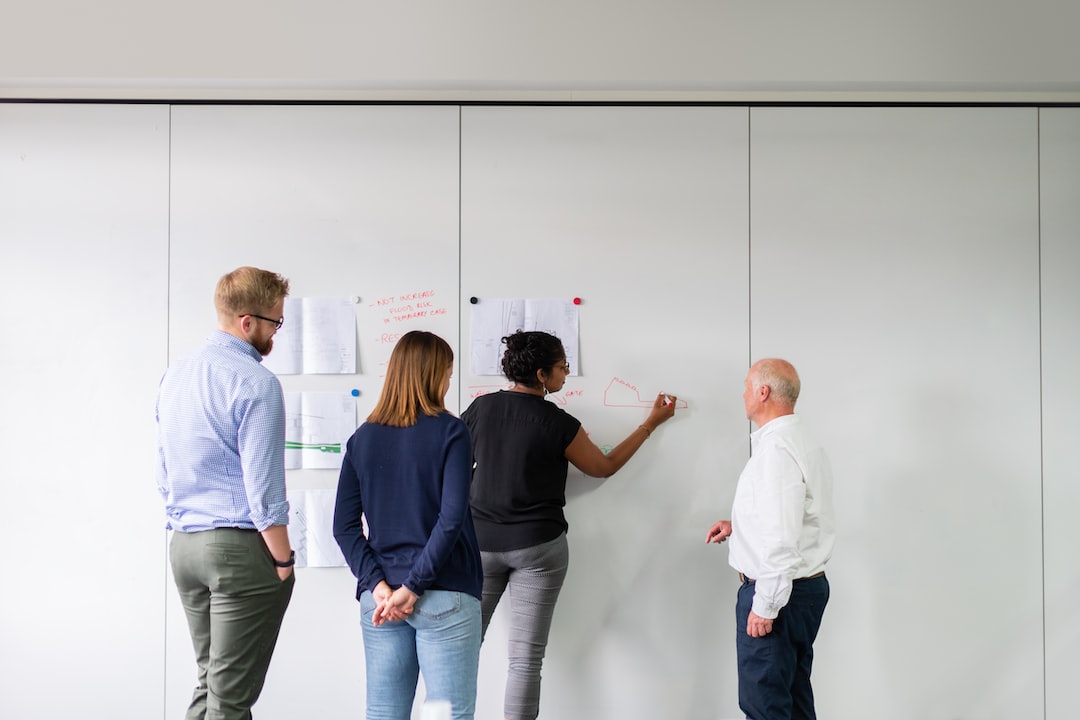Virtual reality (VR) has revolutionized many industries, and engineering is no exception. With its immersive and interactive capabilities, VR has found numerous applications that have greatly enhanced the engineering field. From design and prototyping to training and simulation, here are some of the key applications of VR in engineering.
One of the major benefits of VR in engineering is its ability to aid in design and prototyping. Engineers can create virtual models of their designs and explore them in a three-dimensional space. This allows them to visualize and analyze the design from all angles, making it easier to identify any potential flaws or improvements. Additionally, engineers can even interact with the virtual model, enabling them to manipulate and modify it in real-time. This speeds up the design process and reduces the need for physical prototypes, thus saving both time and resources.
Another important application of VR in engineering is in training and simulation. VR provides a safe and controlled environment for engineers to practice and refine their skills. For example, in the aerospace industry, engineers can use VR to simulate the assembly and maintenance of aircraft. This allows them to familiarize themselves with the complex procedures and potential challenges before they work on the actual aircraft. Similarly, in the construction industry, VR can be used to train engineers on various construction techniques, ensuring that they are well-prepared for real-world scenarios.
VR also plays a crucial role in the field of data visualization. Engineers often deal with complex data and models that can be challenging to interpret and communicate effectively. VR can transform these data sets into immersive visualizations, making it easier for engineers to understand and analyze the data. They can explore the visualizations in a virtual environment, gaining new insights and identifying patterns that may not be apparent in traditional 2D representations. This enhances decision-making processes and allows engineers to make more informed choices based on the data.
In addition to design, training, and data visualization, VR can also be utilized in areas such as collaborative engineering and remote assistance. Multiple engineers can collaborate in a virtual environment, working together on a project regardless of their physical locations. This fosters communication and teamwork, enabling engineers to share ideas and contribute to a project’s success. Furthermore, VR can be used for remote assistance, where experts can provide guidance and support to on-site engineers in real-time. This is particularly valuable in situations that are difficult or dangerous to access physically.
In conclusion, virtual reality has found various applications in the field of engineering. Its immersive and interactive capabilities have revolutionized design, training, data visualization, collaboration, and remote assistance. As technology continues to advance, VR is likely to play an even more significant role in shaping the future of engineering, improving efficiency, and pushing the boundaries of innovation.


